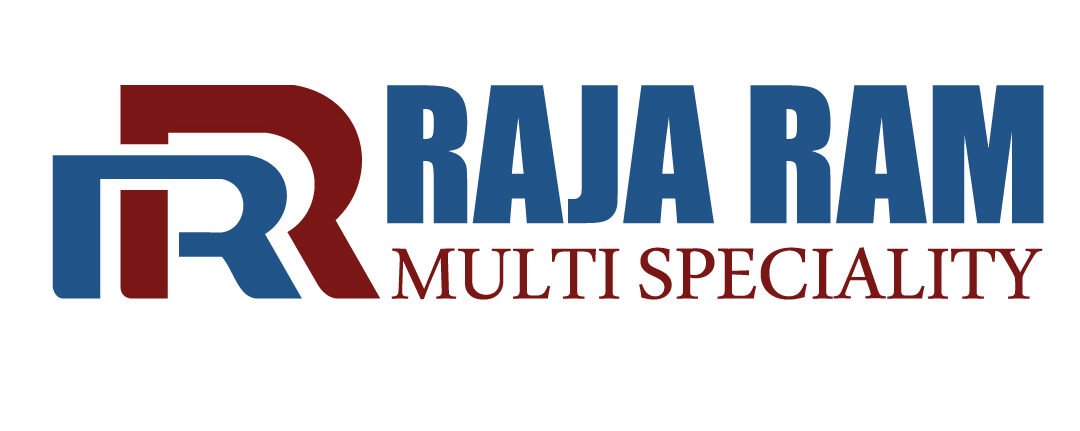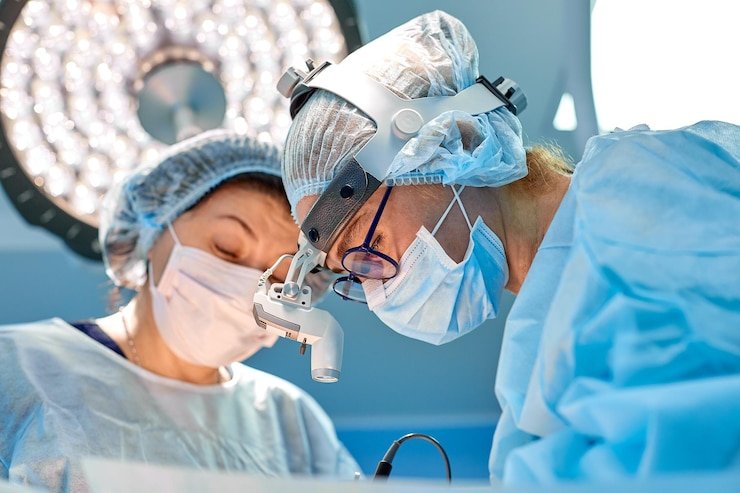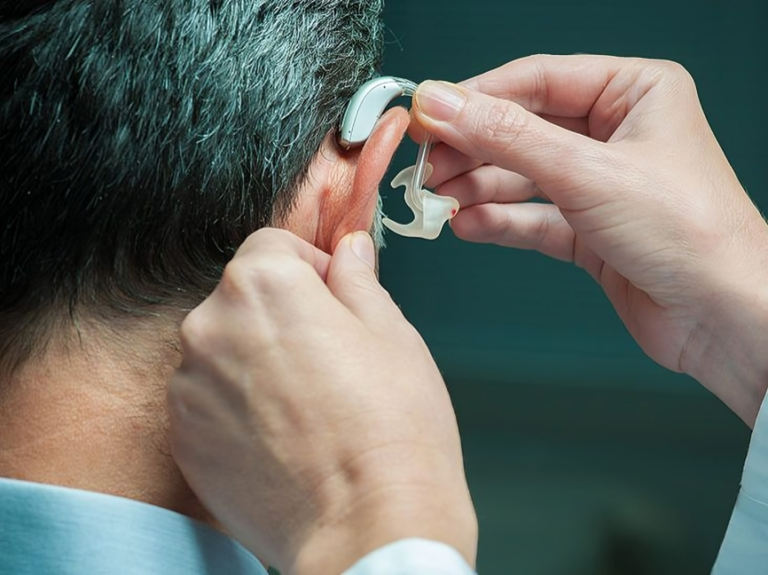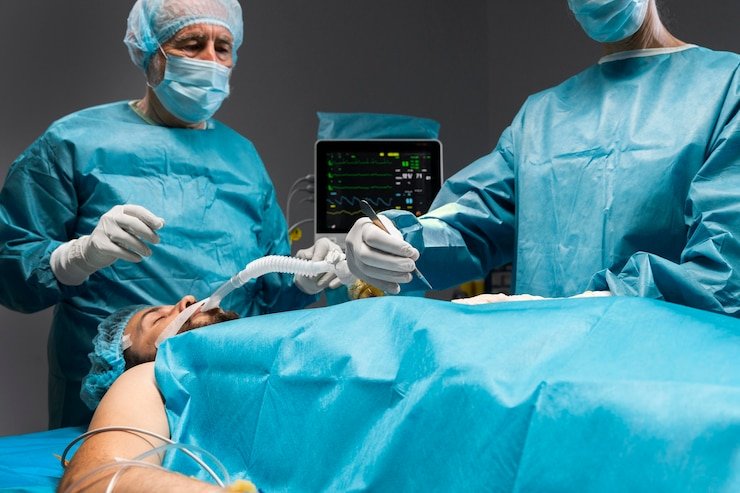Revolutionizing Hearing Healthcare: The Era of Computerized Audiology.
In recent years, the field of audiology has witnessed a transformative shift with the advent of computerized technologies. Computerized audiology, leveraging advanced software and hardware solutions, has revolutionized the way hearing healthcare is approached. This article explores the key aspects of computerized audiology, its applications, benefits, and the promising future it holds for individuals with hearing impairments.
To Know More About It Please Click Here
Understanding Computerized Audiology
Computerized audiology involves the integration of cutting-edge technologies into the diagnosis, assessment, and treatment of hearing-related issues. Traditional audiological methods, while effective, have been significantly enhanced by the incorporation of computers and digital tools. This evolution has paved the way for more accurate, efficient, and personalized approaches to address the diverse needs of individuals with hearing challenges.
Diagnostic Precision and Efficiency
One of the notable advantages of computerized audiology is its ability to provide highly precise and efficient diagnostic evaluations. Advanced software allows audiologists to conduct detailed assessments of auditory function, including hearing thresholds, speech perception, and localization, with greater accuracy. Computerized audiometers and diagnostic equipment facilitate a thorough examination, enabling healthcare professionals to tailor interventions based on specific findings.
Personalized Hearing Solutions
The customization of hearing solutions has taken a giant leap forward with computerized audiology. Digital hearing aids, cochlear implants, and other assistive devices can be fine-tuned to match the individual needs and preferences of users. Through sophisticated algorithms and programming interfaces, audiologists can adjust and optimize these devices, providing a more natural and personalized listening experience for users.
Teleaudiology and Remote Monitoring
The integration of computers in audiology has also paved the way for teleradiology, allowing individuals to receive remote hearing healthcare services. Teleaudiology facilitates virtual consultations, remote programming of hearing devices, and ongoing monitoring of individuals with hearing aids or cochlear implants. This has proven especially valuable in improving accessibility to audiological care, particularly in remote or underserved areas.
Data Analysis and Research Advancements
The wealth of data generated through computerized audiological assessments has opened new avenues for research and development. Audiologists and researchers can analyze large datasets to gain insights into hearing disorders, treatment outcomes, and the effectiveness of different interventions. This data-driven approach contributes to the continuous refinement and advancement of audiological practices.
Challenges and Considerations
While computerized audiology presents numerous benefits, it also comes with challenges. The initial costs of implementing advanced technologies, the need for ongoing training of healthcare professionals, and issues related to data security and privacy require careful consideration. Striking a balance between technological innovation and ethical practice is crucial in harnessing the full potential of computerized audiology.
Future Directions
As technology continues to advance, the future of computerized audiology holds exciting possibilities. Artificial intelligence (AI) and machine learning algorithms may play a more prominent role in predictive diagnostics, further personalizing treatment approaches. Continuous innovation in wearable technology and the integration of smart devices may enhance the overall quality of life for individuals with hearing impairments.
To Know More About It Please Click Here
Conclusion
Computerized audiology represents a significant leap forward in the field of hearing healthcare. By harnessing the power of technology, audiologists can provide more precise diagnostics, personalized interventions, and improved accessibility to individuals with hearing challenges. As we navigate the evolving landscape of computerized audiology, it is essential to embrace innovation while remaining mindful of ethical considerations, ensuring that the benefits of technology are accessible to all.








